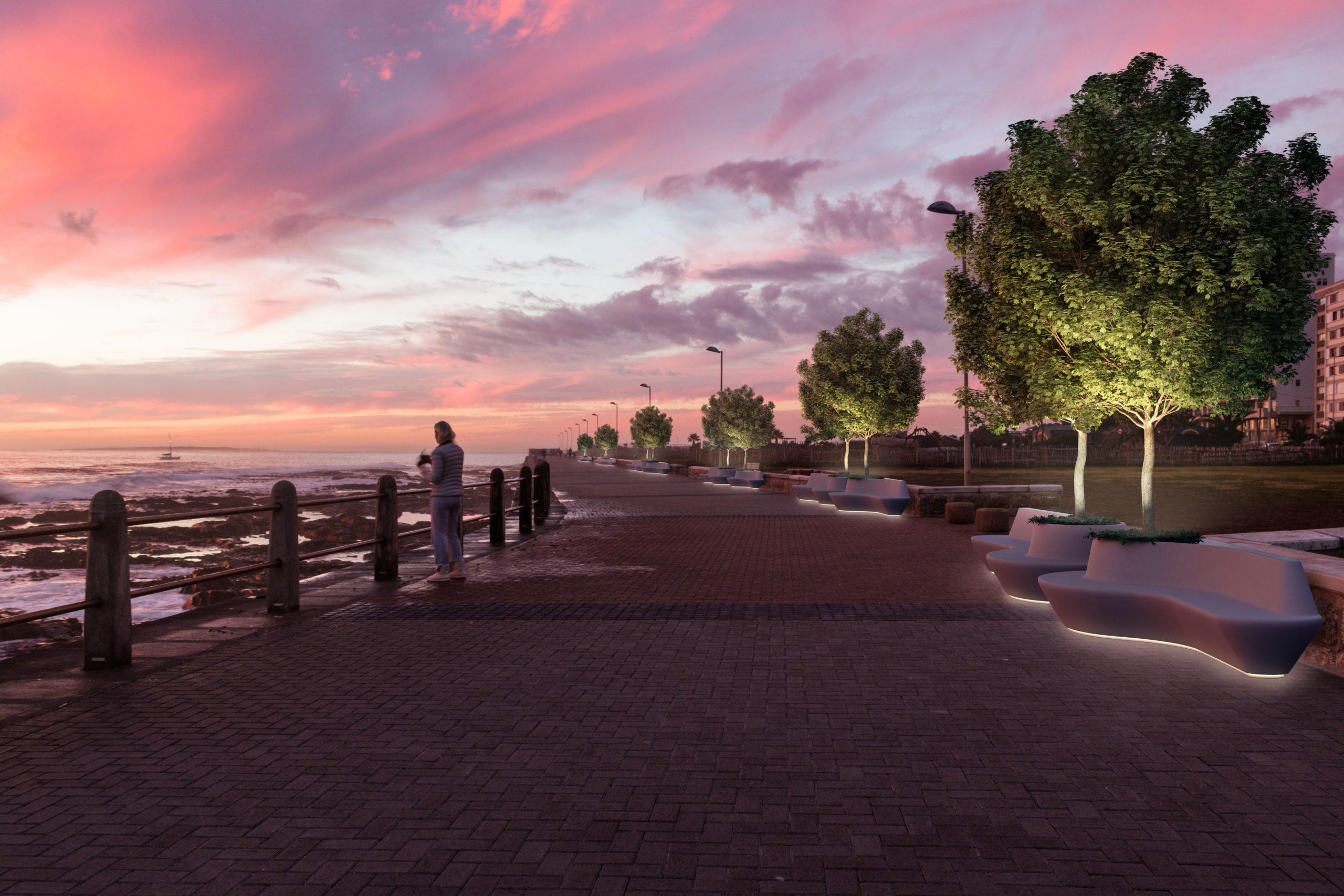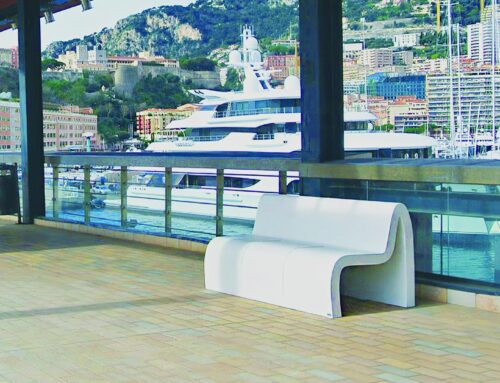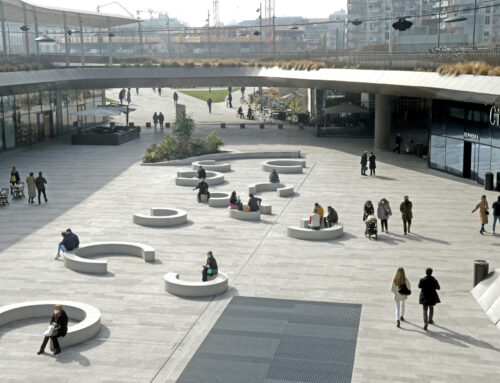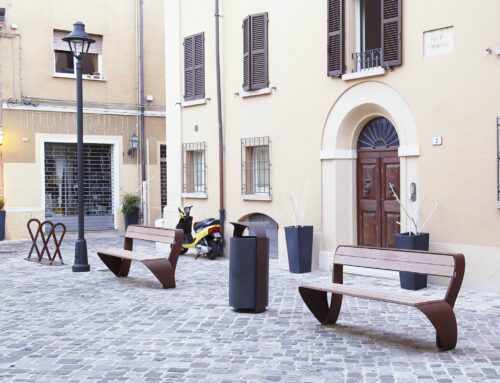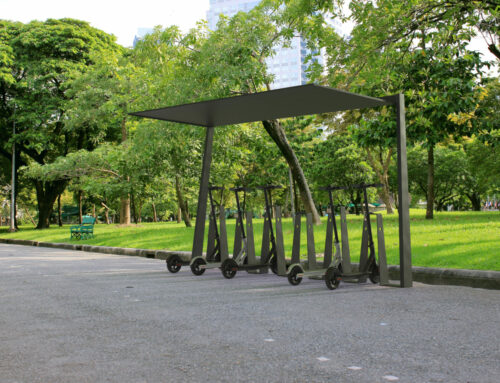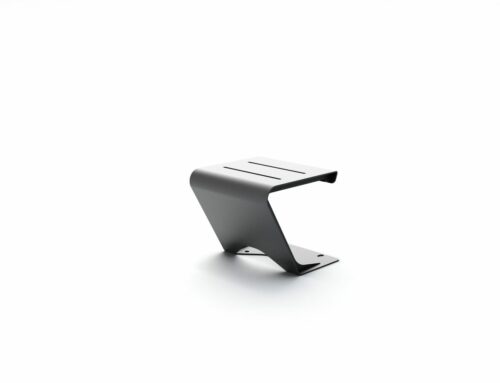Minimum Environmental Criteria (CAM) are social, environmental and economic requirements established by the Plan for the Environmental Sustainability of Public Administration Sector Consumption for various phases of the procurement process.
CAM is used to select public purchases with the best balance between performance, costs and environmental impact. This promotes sustainable technologies and solutions, rewarding the use of virtuous strategies.
Minimum Environmental Criteria: Obligations, Rules and Applications
CAM is defined for specific areas of application and covers 18 product categories, with 11 being prioritized:
- Furnishings
- Construction
- Urban waste management
- Urban services
- Energy services
- Electronics
- Textile and footwear products
- Stationery
- Catering
- Building management
- Transportation
Regarding public contracts, the Minimum Environmental Criteria are monitored by the National Anti-Corruption Authority (ANAC).
It’s important to note that there is no CAM certification, but it is the responsibility of individual companies to check on the Ministry of the Environment’s website to determine which Minimum Environmental Criteria they must comply with.
CAM in Construction and Urban Furnishings
The introduction of Minimum Environmental Criteria has profoundly changed the way work is done in various industries.
For example, in the Ministerial Decree of February 5, 2015, concerning Urban Furnishings, there is a list of substances classified as extremely worrisome that should not be present in the components of furnishings, play equipment, and flooring for playgrounds.
But how can you be sure that a material used complies with CAM?
What is typically recommended is to always request a declaration of compliance with the Minimum Environmental Criteria from your supplier, in which they explicitly state that they are familiar with the Ministerial Decree of February 5, 2015, in all its parts and have applied its content to the best of their ability.
LAB23 Products That Meet CAM
LAB23 has also updated itself and continues to do so every day by adhering to Minimum Environmental Criteria in the production of its latest products.
An example is SOUL, the new bench designed by AG&P Greenscape + Cattaneo Design and made of HPRC® material, which complies with the Minimum Environmental Criteria set by current regulations.
HPRC® is a composite material that is flexible and highly performant, characterized by very high mechanical strength and impermeability. It is highly resistant to impacts and weather conditions. It’s an eco-friendly material made with at least 30% recycled material and is 100% recyclable.
Boomerang, Coco, Island, Vague, Sardina, and Precious are other benches designed by LAB23 and also made of HPRC®, with the goal of aligning with the February 5, 2015 Ministerial Decree.
These are just a few of LAB23’s products that meet Minimum Environmental Criteria. To learn more, visit our website and explore all our projects, including our portfolio and latest creations.

